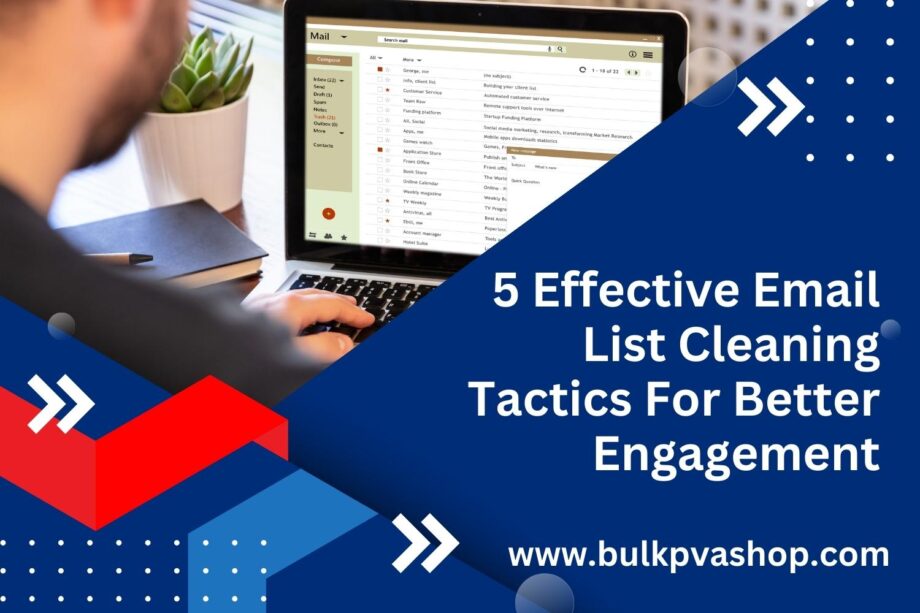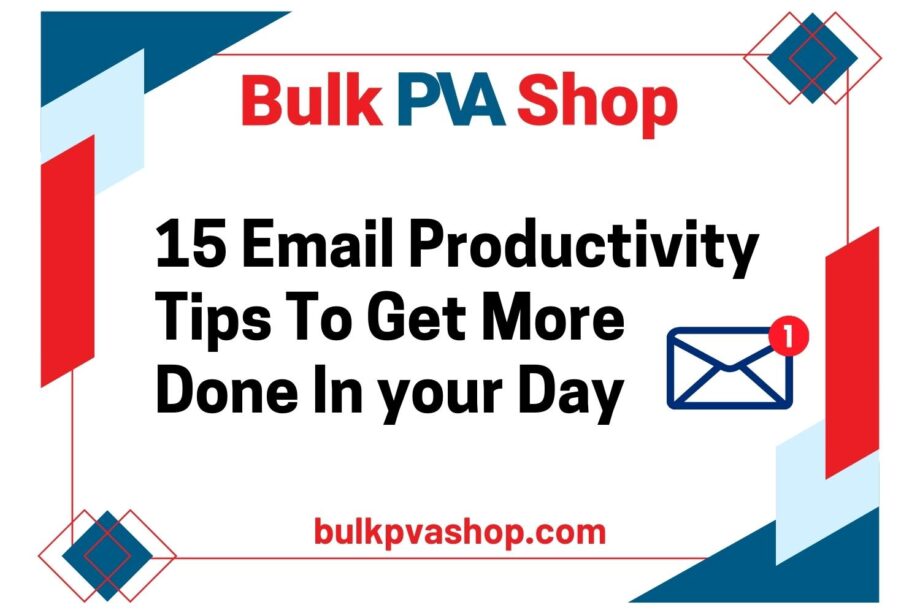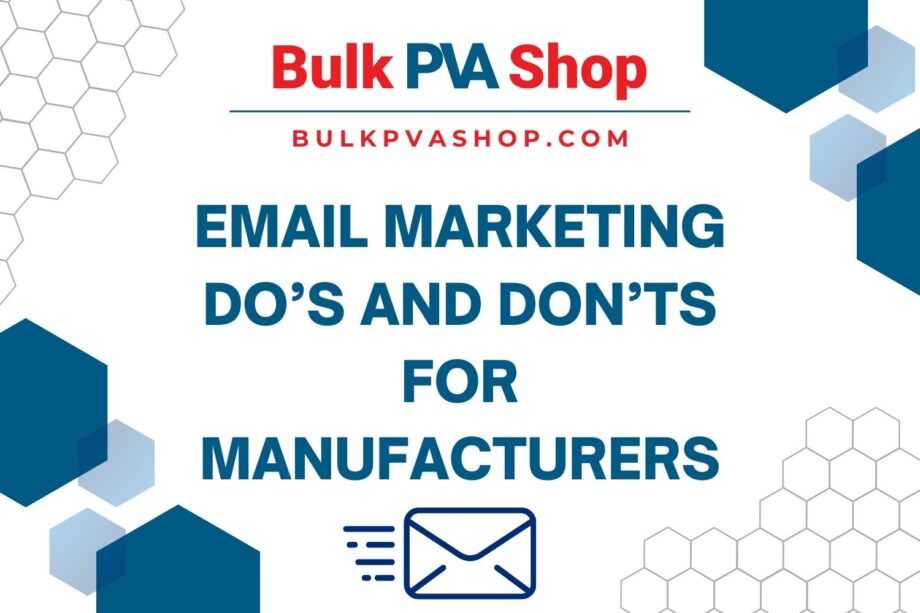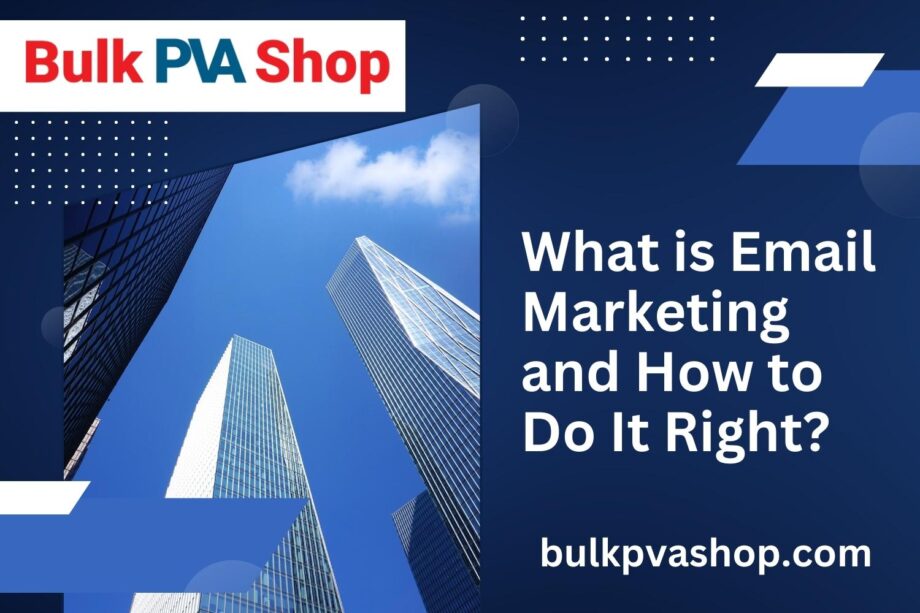In the world of email marketing, building a high-quality email list is crucial. However, it’s equally important to maintain that list’s health. In this article, we’ll explore five highly effective email list-cleaning tactics that will help you achieve better engagement with your subscribers. Whether you’re a seasoned email marketer or just starting, these strategies will elevate your email marketing game.
Understanding the Importance of Email List Cleaning
Email list cleaning, also known as email list hygiene, is a critical process for businesses and marketers who rely on email marketing as part of their communication strategy. It involves regularly reviewing and purging your email list to remove inactive or invalid email addresses.
Improved Deliverability:
Email service providers (ESPs) use complex algorithms to determine whether your emails will land in the inbox, or spam folder, or be blocked altogether. Your sender’s reputation will suffer if you send emails to invalid or inactive addresses, and your deliverability rates will drop. By regularly cleaning your list, you increase the chances of your emails reaching your intended recipients’ inboxes.
Cost Efficiency:
Many email marketing platforms charge based on the number of subscribers or emails sent. A bloated email list with invalid or inactive addresses can lead to unnecessary costs. Cleaning your list helps you optimize your expenses by ensuring you’re only paying for active and engaged subscribers.
Enhanced Engagement:
An email list cleaning consists of subscribers who are genuinely interested in your content or offers. Engaged subscribers are more likely to open your emails, click on links, and take desired actions, such as making a purchase or filling out a survey. Maintaining a high engagement rate can improve your overall email marketing ROI.
Accurate Analytics:
An unclean email list cleaning can skew your email campaign analytics. It may falsely inflate metrics like open rates and click-through rates since inactive or invalid addresses won’t interact with your emails. By cleaning your list, you get more accurate data to assess the performance of your campaigns.
Compliance with Regulations:
Many countries have strict regulations, such as the General Data Protection Regulation (GDPR) in Europe and the CAN-SPAM Act in the United States, that require businesses to obtain consent and respect the privacy of email recipients.
Tactic 1: Segmenting Your Email List
Understanding the Need for Segmentation
Using a process called segmentation, you can separate the subscribers on your email list into different groups based on traits like behavior, past purchases, or demographics. It’s a critical step in personalizing your email content and ensuring it resonates with your subscribers.
Benefits of Segmentation for Engagement
Segmenting your list allows you to send tailored content to different segments, making your emails more relevant to each subscriber. This, in turn, leads to higher engagement rates and increased customer satisfaction.
Steps to Segment Your Email List
- Data Collection: Gather relevant data about your subscribers, such as their age, location, and past interactions with your emails.
- Grouping Subscribers: Use this data to create segments, grouping subscribers with similar characteristics or behaviors.
- Creating Relevant Content: Develop email content that speaks directly to the interests and needs of each segment.
- Personalization: Personalize your emails by including the subscriber’s name and other relevant details.
Tactic 2: Implementing Double Opt-In
What is double Opt-In?
Double opt-in is a method of confirming a subscriber’s intention to join your email list by requiring them to take a second step to confirm their subscription. This additional confirmation step helps ensure that your list is composed of genuinely interested and engaged individuals.
Advantages of Double Opt-In
Implementing double opt-in has several advantages, including a reduction in fake or mistyped email addresses, improved deliverability rates, and reduced chances of spam complaints.
Setting Up Double Opt-In
- Registration Forms: Create registration forms that guide subscribers through the double opt-in process.
- Confirmation Emails: Send confirmation emails with clear instructions on how to complete the subscription process.
- Benefits of Confirmation: Explain to subscribers the benefits of confirming their subscription, such as access to exclusive content or promotions.
Handling Unconfirmed Subscribers: Develop a strategy for handling subscribers who do not confirm their subscriptions
Tactic 3: Regularly Pruning Inactive Subscribers
Identifying Inactive Subscribers
Identifying inactive subscribers is crucial to maintaining a healthy email list. These are individuals who have shown little to no engagement with your emails over an extended period.
The Risks of Keeping Inactive Subscribers
Keeping inactive subscribers on your list can negatively impact your email deliverability and sender reputation. It can also skew your engagement metrics, making it harder to assess the true performance of your email campaigns.
Steps to Prune Inactive Subscribers
- Define inactivity: Determine what constitutes an inactive subscriber based on your specific goals and industry benchmarks.
- Send Reactivation Campaigns: Craft targeted reactivation campaigns aimed at re-engaging inactive subscribers.
- Removal Process: Develop a systematic process for removing subscribers who remain unresponsive despite reactivation efforts.
- Measuring Results: Continuously monitor the impact of subscriber pruning on your engagement metrics and overall campaign performance.
Tactic 4: Verifying Email Addresses
Why Email Address Verification Is Necessary
Email address verification is the process of confirming the validity and authenticity of email addresses on your list. It’s a crucial step in maintaining list quality and deliverability.
Methods of Email Address Verification
- Syntax Validation: Check email addresses for correct syntax and formatting.
- Domain Checking: Verify that the email domain exists and is operational.
- Role Account Detection: Identify and remove role-based email addresses.
- Disposable Email Detection: Flag and remove disposable email addresses.
Tactic 5: Monitoring Email Engagement Metrics
Importance of Monitoring Engagement Metrics
Engagement metrics provide valuable insights into the effectiveness of your email marketing campaigns. They help you understand how your subscribers are interacting with your content.
Key Engagement Metrics to Track
- Open Rate: The percentage of recipients who open your emails
- Click-Through Rate (CTR): how many recipients of your emails really click on links.
- Conversion Rate: The percentage of recipients who take the desired action, such as making a purchase or signing up for a webinar.
- Bounce Rate: how many emails were not successfully delivered to the recipient’s mailbox?
- Using Metrics to Improve List Cleaning Strategies
To buy the best quality Gmail account click here
Conclusion
In conclusion, maintaining a clean and engaged email list is essential for the success of your email marketing campaigns. Implementing the five tactics outlined in this article—segmentation, double opt-in, regular pruning, email address verification, and monitoring engagement metrics—will help you achieve
better engagement rates, higher open and click-through rates, and ultimately, improved ROI.
Remember that email list cleaning is not a one-time task but an ongoing process. Regularly revisit and refine your strategies to ensure that your list remains healthy and responsive.
By following these tactics and best practices, you can expect to see a significant improvement in your email engagement metrics. A cleaner, more engaged list will result in higher-quality interactions with your subscribers and better overall results from your email marketing efforts.




